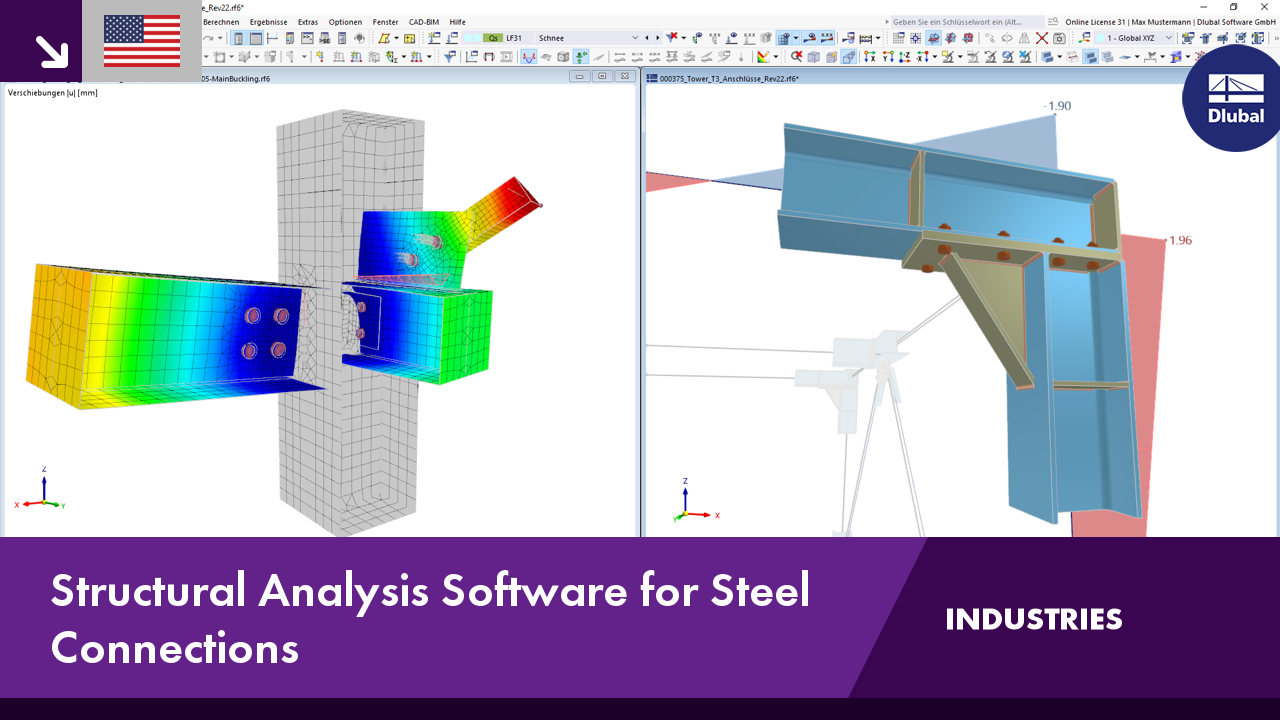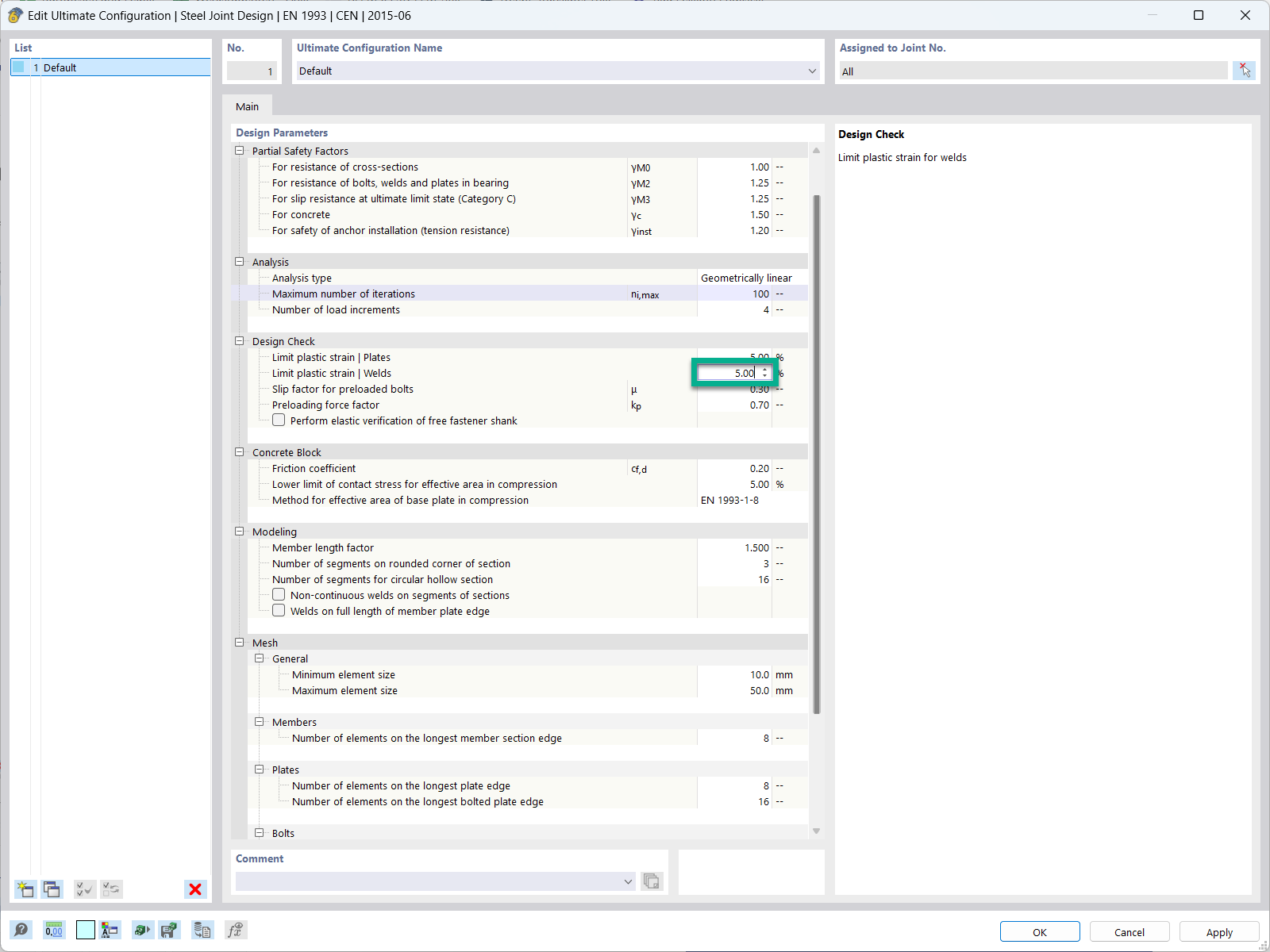Generally, the form-finding process in RFEM considers all model data. In form-finding, the elastic supporting elements on the membrane react with the deformations in the direction of the acting membrane tensile stress. The integral process forwards the prestressed model for subsequent calculation if the forces of all deformed elements are in equilibrium with the membrane geometry subjected to the specified prestress.
However, the flexibility of the supporting structure can be suppressed for pure form-finding by defining the support with the "Form-finding stage only" nonlinearity (also called form-finding support) at the membrane edges.
In this case, the form-finding process results in a shape whose prestress is in equilibrium with the specified form-finding support forces and the remaining boundary conditions.
For the structural analysis of all other load cases and load combinations, the form-finding supports are deactivated, and the form-finding support forces are applied as external loads to maintain the global equilibrium on the entire model.
Due to the removal of the supports, the membrane reacts with the semi-rigid supporting structure in subsequent analyses (LC and CO). Without additional loading, this reaction resembles a relaxation with an associated reduction of prestress.
























.png?mw=350&hash=c6c25b135ffd26af9cd48d77813d2ba5853f936c)














.png?mw=512&hash=4a84cbc5b1eacf1afb4217e8e43c5cb50ed8d827)

















_1.jpg?mw=350&hash=ab2086621f4e50c8c8fb8f3c211a22bc246e0552)






.png?mw=600&hash=49b6a289915d28aa461360f7308b092631b1446e)












